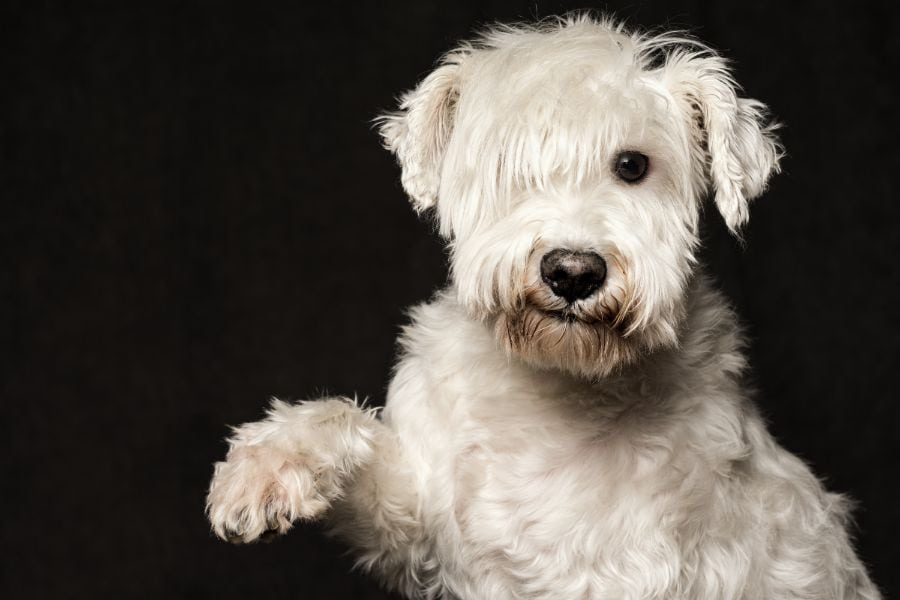Animal Behavior Essentials: What You Need To Know

We all do it – observe our pet’s behavior and assume we know what they’re thinking. Sometimes we’re probably right, after all we know our pets better than anyone else. But because our furry friends are members of a different species, there are certain aspects of their behaviors that are bound to be lost in translation.
One of the most important things we’ve learned after caring for Charlotte area pets for more than 35 years is that, when it comes to animal behavior, knowledge is power. Understanding what your pet is trying to tell you is what every pet owner wants, and our animal behavior basics will get you started!
Animal Behavior 101
Most pet owners can tell when their pet is happy, but animal behavior can be surprisingly subtle. A tail wagging dog isn’t always happy, and purring doesn’t necessarily mean kitty is content.
Kitty Confidential
Cats communicate using a variety of postures, facial expressions, and vocalizations. Learning to interpret these cues is key when it comes to deepening the bond you share with your cat, while preventing negative encounters.
Tail – A tail held upright or slightly curved at the end is a sign that Kitty is confident and relaxed. When curled around the legs of a human or other animal indicates friendliness. An upright tail with a “bottlebrush” appearance, or a tail lashing back and forth, means your cat is feeling threatened.
Facial expressions – Does your cat blink slowly at you or greet you by bumping their head into your leg? Congratulations, your kitty loves and trusts you! Alternatively, flattened ears and dilated pupils are a sign that a cat is scared, angry, or ready to pounce.
Vocalizations – In nature, adult cats typically don’t meow at one another. Cats have adapted meowing to communicate with their human family members. Paying close attention to the different sounds your cat makes can help you to learn when they want dinner, are saying hello, or are in need of help.
Purring is usually associated with contentment, but some cats purr when they’re sick or in pain, too. Pay attention to other signs that your pet may need medical attention, and don’t hesitate to contact us if you have any questions.
For The Dogs
Thanks to thousands of years of dog-human cohabitation, dog behavior is usually, but not always, easier to interpret than cat behavior.
Tail wagging – A tail held high and loosely wagging generally means a dog is happy or at ease. Conversely, stiff tails held straight back indicates your pooch is feeling threatened. Dogs hold their tails between their legs when they’re scared or feeling very submissive.
Bowing – Lowering their chest to the ground while the hips stay high is the universal sign for “Play with me!”, also known as play-bowing.
Signs of stress – Yawning (when not tired), lip licking, and looking away are all signs that a dog is stressed or is becoming overstimulated. Time to give them some space.
Mounting – Mounting or humping either a person or inanimate object isn’t necessarily a sexual act. A dog may mount as a way to relieve stress, attempt to exert dominance, or get attention. If mounting becomes a problem, seek the advice of a certified animal behavioral specialist.
Do you have any additional questions about animal behavior? We would love to hear from you! Give Animal Medical Hospital & Urgent Care a call anytime with your questions or concerns about your sweet pet!
